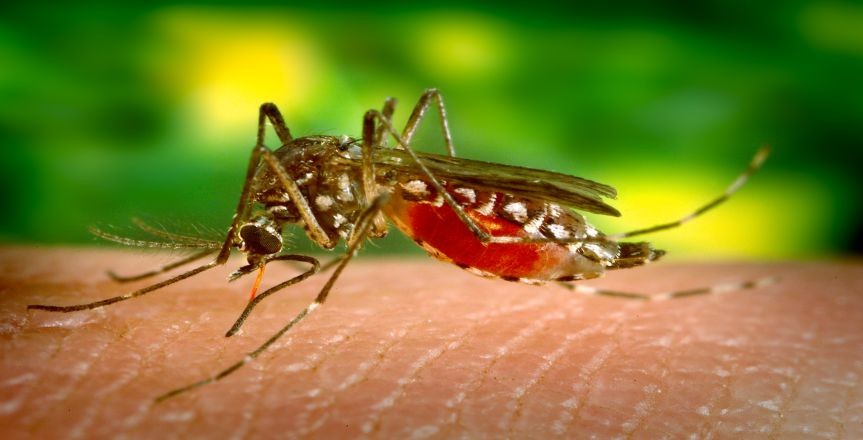Published - Mon, 10 Oct 2022

All you want to know about Dengue Fever
Dengue fever
is an illness caused by the bite of a female mosquito (Aedes aegypti) carrying one
among four forms of dengue fever virus (DENV). The virus is most typically
found in tropical and semitropic regions, as well as Central and South America,
Africa, parts of Asia, and also the Pacific Islands.
Dengue isn’t contagious from person to person except it can pass from a pregnant person to a kid. Symptoms are usually mild with the 1st infection, however, if you get another infection with DENV, your risk of severe complications goes up.
Can you be Immune against dengue fever?
Yes, you'll
get immunity to a version of the dengue fever virus once you’ve been infected
with it. But you are not immune to other viral strains .. so to get full
protection one must get infected with all strains to get full protection, but
it is very complicated.
Antibodies are
formed when an infection occurs as an immune response, once your body is aware
of a way to fight that specific virus, you're unlikely to get severe sickness
from that virus.
After
obtaining one among the four strains of DENV, you don’t get ready to have
dengue again, once more, especially with different strains as this new strain
may get caught by antibodies generated by a different strain initially. Now,
the viruses are not destroyed, but pulled inside the cells and may cause more
harm leading to serious illness.
What are the symptoms of dengue fever?
Most dengue
fever infections don’t cause symptoms. If you have symptoms, high fever
(104°F/40°C) is typical, along with:
o
Rash.
o
Intense pain behind your eyes.
o
Nausea or acid reflex.
o
Muscle, bone, and joint pain.
Dengue fever symptoms classically appear 4-10 days after a mosquito bite. The symptoms may last for 3 to 7 days. It has been observed that 1 in 20 individuals with dengue fever can develop severe dengue symptoms.
How do I manage the symptoms of dengue fever?
Dengue is
managed by providing symptomatic treatment under the guidance of a healthcare
provider which may include:
• Keeping
yourself hydrated by drinking lots of water and fluids.
• Taking
enough rest.
• Treat pain
with acetaminophen
• Do not take
Ibuprofen or aspirin as it might increase the risk of internal bleeding
Created by
Comments (0)
Search
Popular categories
Latest blogs

All you need to know about Syphilis
Tue, 15 Nov 2022

What is Pemphigus Vulgaris?
Tue, 15 Nov 2022

Know about Scorpion Stings
Sat, 12 Nov 2022

Write a public review